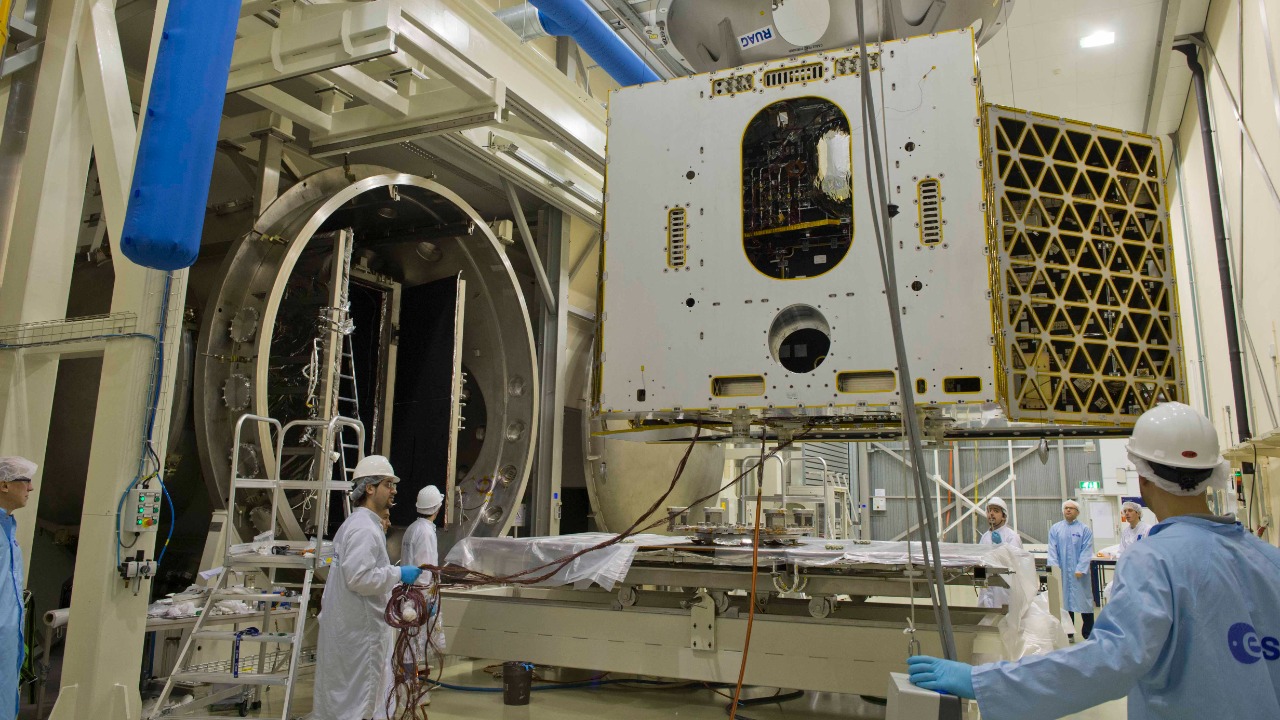
Scientists have recently made groundbreaking discoveries about microbes that can survive in the harsh vacuum of space. This finding challenges our understanding of life’s resilience and opens up new possibilities for astrobiology and the search for extraterrestrial life. We delve into the research that led to this discovery, explore the implications for future space exploration, and consider the potential for life beyond Earth.
The Resilience of Microbial Life
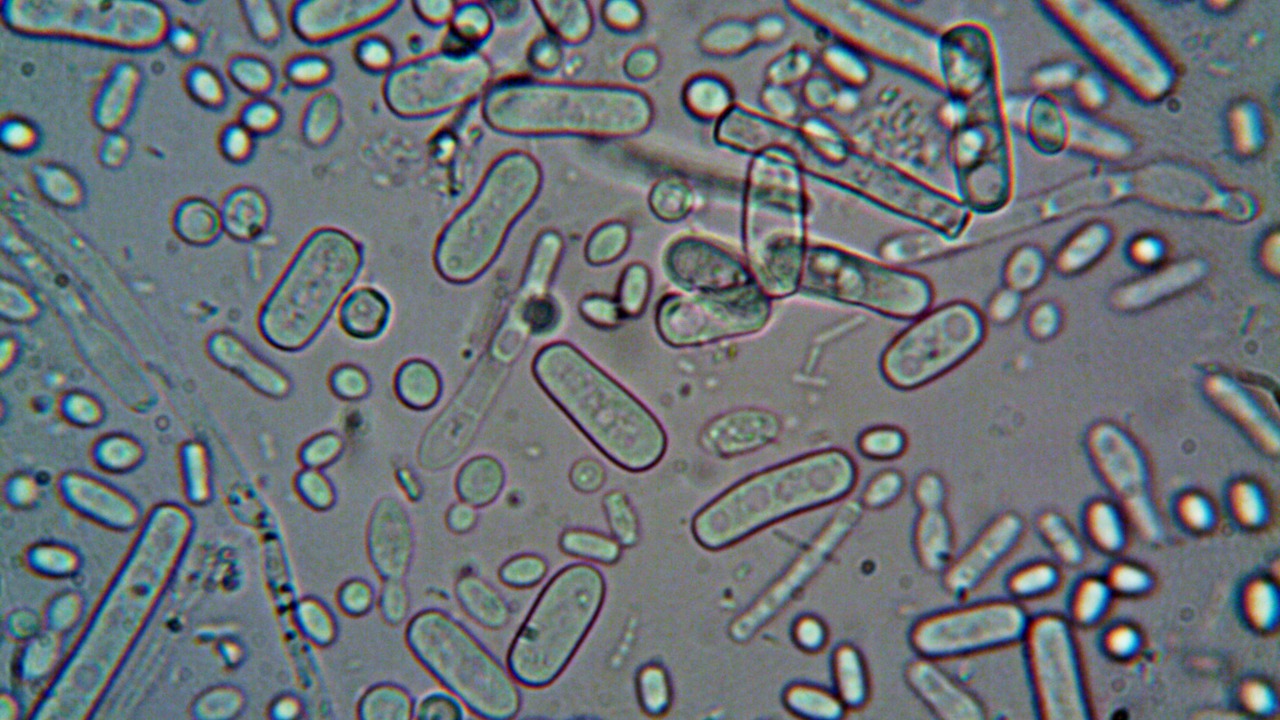
Microbes known as extremophiles have long fascinated scientists due to their ability to thrive in some of the most inhospitable environments on Earth. These organisms can endure extreme conditions, including high radiation, severe temperature fluctuations, and desiccation. A classic example is the Deinococcus radiodurans, often dubbed the “world’s toughest bacterium,” which can survive doses of radiation that would be lethal to humans. These survival mechanisms have made extremophiles a subject of study for understanding the potential of life to exist beyond Earth.
Previous experiments have tested microbial survival in space environments, laying the groundwork for contemporary discoveries. Studies such as NASA’s EXPOSE-E mission on the International Space Station have demonstrated that certain microbes can withstand space conditions for extended periods. In these experiments, scientists exposed samples to vacuum, radiation, and temperature extremes, observing the resilience of these tiny life forms. These findings have paved the way for recent research that documents microbes’ remarkable ability to survive and even thrive in the vacuum of space.
Recent research has documented the survival of microbes in space, challenging our previous notions about life’s resilience. For instance, a study published in Nature highlighted specific methodologies used to observe how microbes manage not only to survive but to maintain functionality in space. By using advanced imaging and molecular techniques, scientists have been able to identify key survival strategies, such as DNA repair mechanisms and protective biofilms, that enable these organisms to withstand extreme conditions.
Implications for Astrobiology
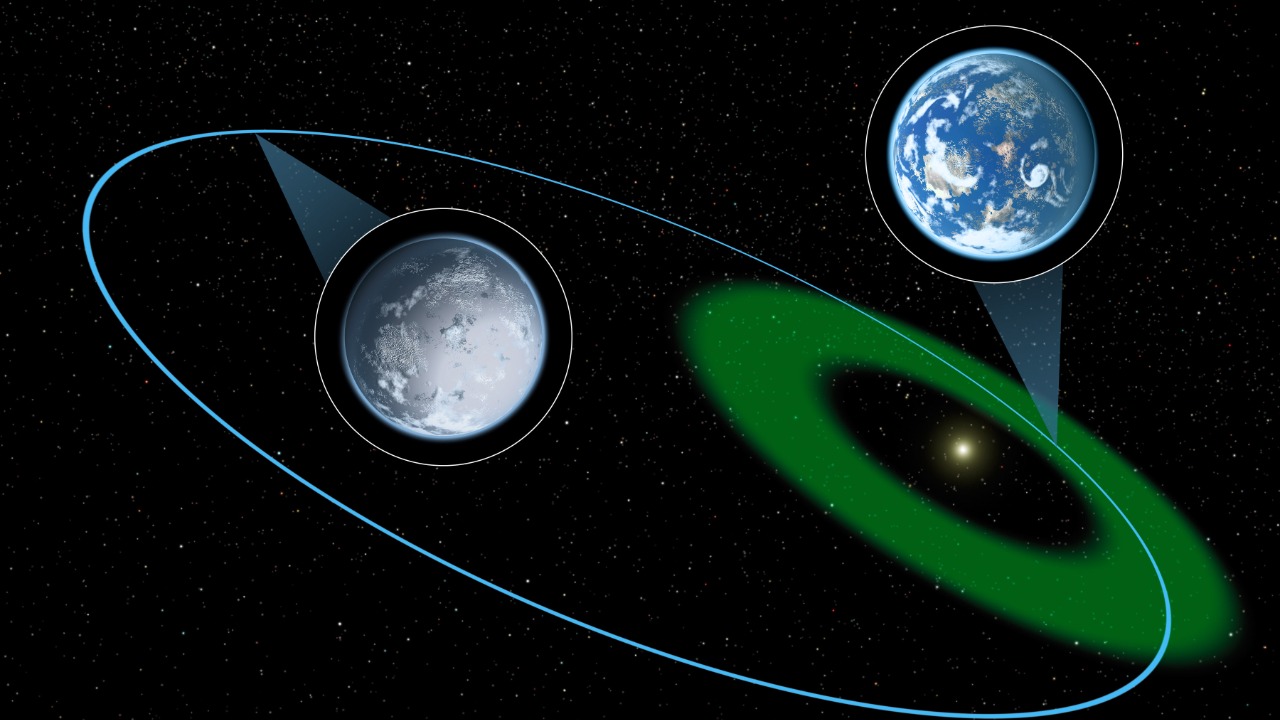
The discovery of microbes surviving in space has significant implications for our understanding of where and how life might exist in the universe. If life can endure the harsh conditions of space, it raises the possibility that life could exist in environments previously deemed uninhabitable. This revelation could transform our search for extraterrestrial life, encouraging scientists to consider a broader range of conditions when exploring potential habitats on other planets and moons.
One intriguing concept brought to light by these findings is the panspermia hypothesis, which suggests that life can spread across planets via space-traveling microorganisms. This idea proposes that life on Earth might have originated from microbes hitching a ride on comets or meteorites. The resilience of microbes in space provides a feasible mechanism for panspermia, suggesting that life could potentially transfer between celestial bodies, given the right conditions.
The criteria for habitability in exoplanet research may also be redefined. Traditionally, scientists have focused on the “Goldilocks zone,” the region around a star where conditions are just right for liquid water to exist. However, the ability of microbes to survive in extreme environments might expand the scope of what is considered a habitable zone. This could lead to the identification of new potential sites for life, even on planets with harsh climates or atmospheres.
Challenges and Opportunities for Space Missions
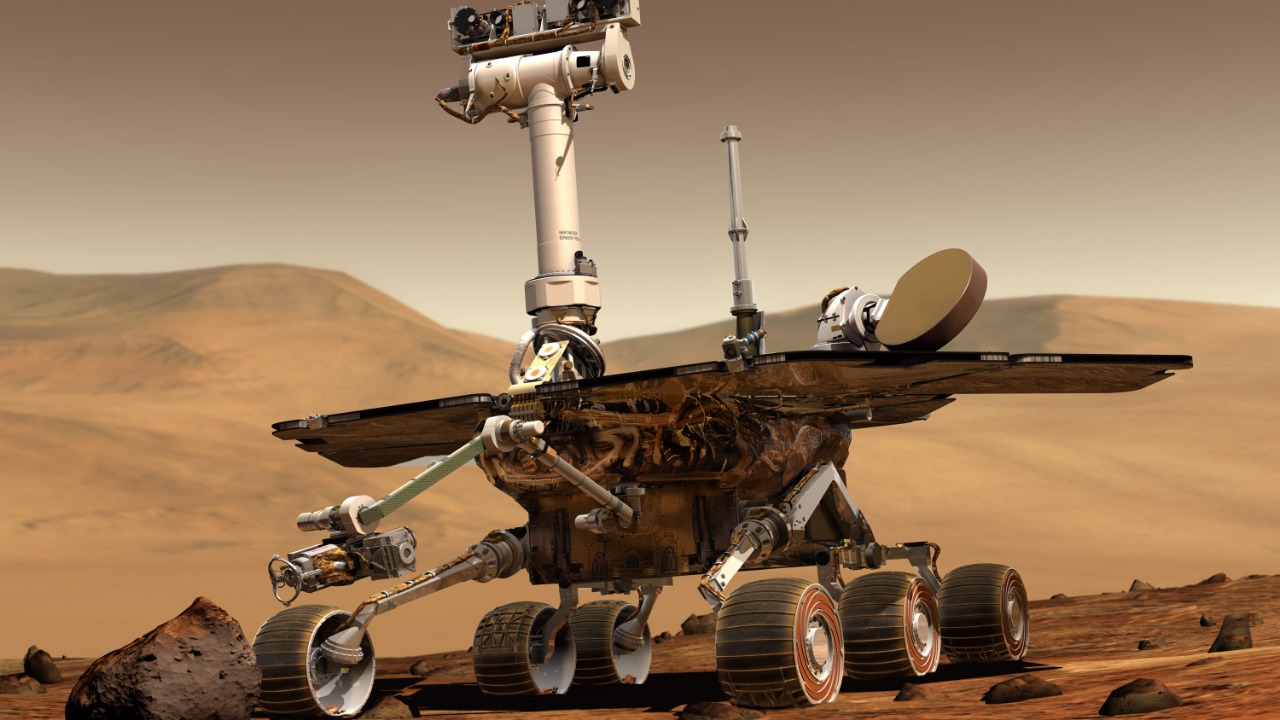
While these discoveries are exciting, they also present challenges, particularly concerning the contamination risks associated with space missions. There is a growing concern about inadvertently introducing Earth-based microbes to other celestial bodies, which could compromise the integrity of future life detection missions. For instance, a study revealed that a NASA robot, before being sent to Mars, was surrounded by extremophiles, highlighting the potential for microbial contamination.
To address these concerns, space agencies must consider the implications for the design and sterilization of spacecraft. New protocols and technologies may be necessary to prevent microbial contamination. This includes developing more effective sterilization techniques and implementing stringent cleanliness standards. These measures will ensure that space missions do not inadvertently transport Earth-based life to other planets, maintaining the scientific integrity of astrobiology studies.
Advancements in technology will also be essential for studying microbial life in space environments more effectively. Innovative tools and methodologies will be required to observe and analyze these organisms in situ. This may involve deploying advanced robotic systems equipped with cutting-edge sensors and analytical instruments capable of detecting and studying life forms in the harsh conditions of space.
Scientific and Philosophical Considerations
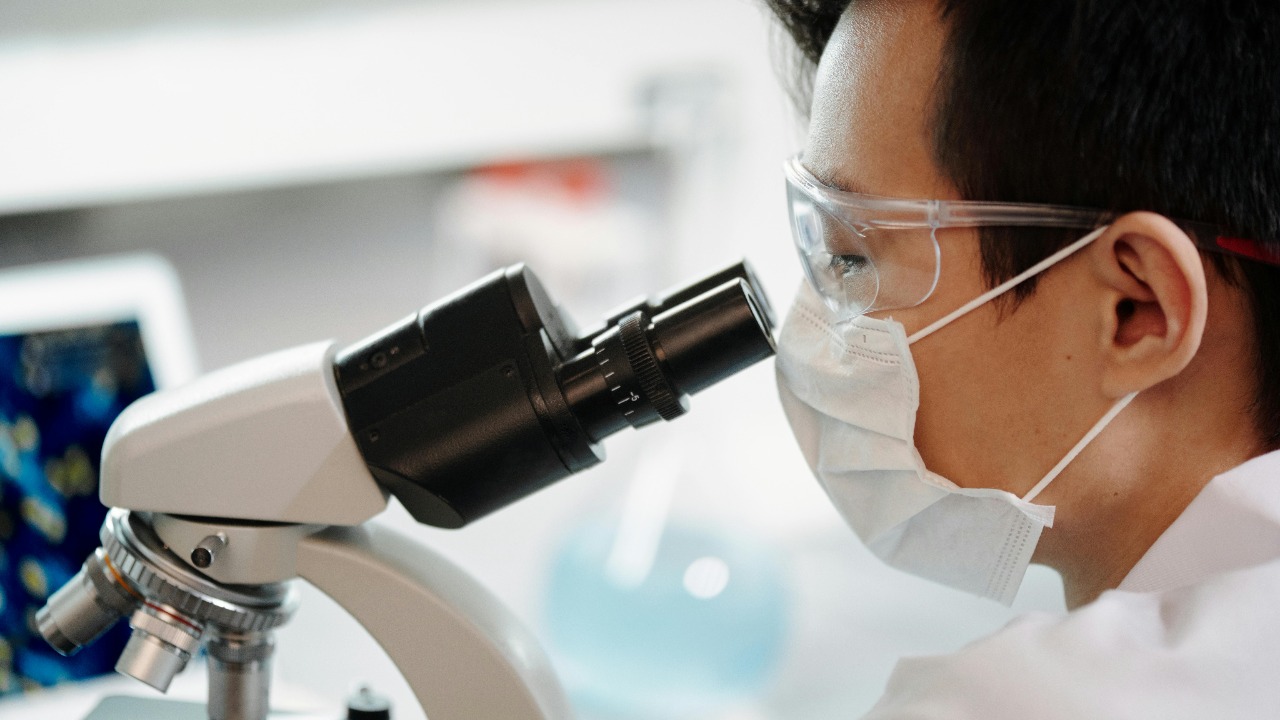
The discovery of space-surviving microbes invites a reexamination of our definitions of life and the conditions required for its existence. The traditional view that life requires stable, Earth-like conditions is being challenged by the resilience of these microorganisms. This calls for a broader perspective on what constitutes a viable environment for life, potentially reshaping our understanding of biology.
There are also ethical considerations to ponder. As we explore the potential for life beyond Earth, questions arise about our responsibilities in interacting with extraterrestrial organisms. Should we discover life on another planet, it is crucial to consider the implications of our actions and ensure that we do not harm or disrupt alien ecosystems. Ethical guidelines and international agreements may need to be developed to govern our interactions with extraterrestrial life forms.
Future research directions will likely focus on further exploring microbial survival in space and its broader implications. Scientists may investigate the genetic and physiological adaptations that enable these organisms to thrive in extreme conditions, providing insights that could inform biotechnological applications on Earth. Additionally, interdisciplinary collaborations between astrobiologists, biologists, and engineers may lead to novel approaches in studying and harnessing the capabilities of extremophiles.
Public Interest and Educational Impact
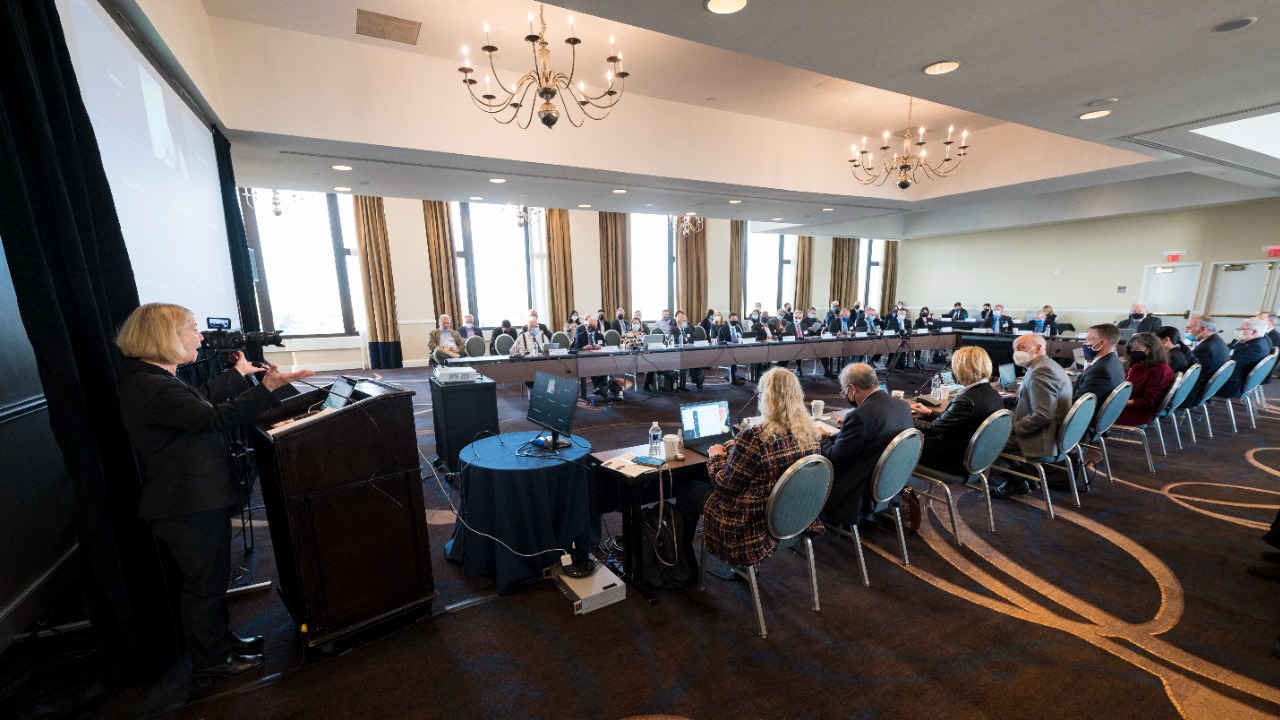
The discovery of microbes surviving in space has the potential to captivate public interest and inspire educational initiatives in astrobiology and space sciences. By engaging the public with these findings, we can foster a greater appreciation for the wonders of the universe and the resilience of life. Public lectures, documentaries, and interactive exhibits can help demystify these complex scientific concepts and make them accessible to a broader audience.
Effective science communication is crucial in conveying these groundbreaking discoveries to the public. By using clear and relatable language, scientists and educators can bridge the gap between complex research and public understanding. This not only enhances public awareness but also encourages informed discussions about the implications of these findings for our understanding of life and the universe.
Inspiring the next generation of scientists is another significant impact of these discoveries. By showcasing the exciting possibilities of space exploration and microbiology, we can motivate students to pursue careers in STEM fields. Educational programs and initiatives that highlight the intersection of science and exploration can ignite curiosity and passion in young minds, encouraging them to contribute to the future of space research and discovery.